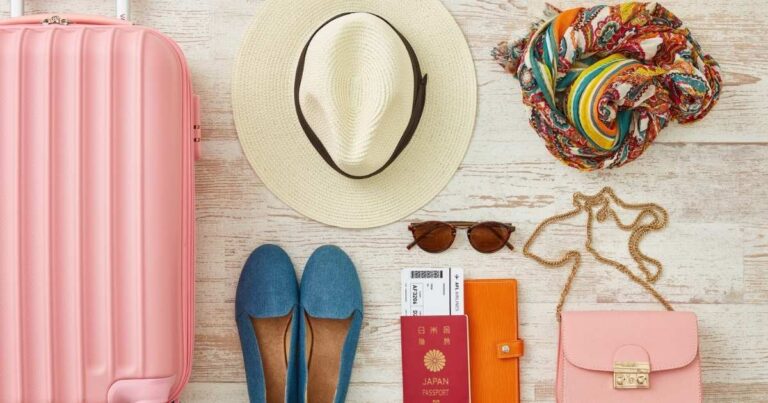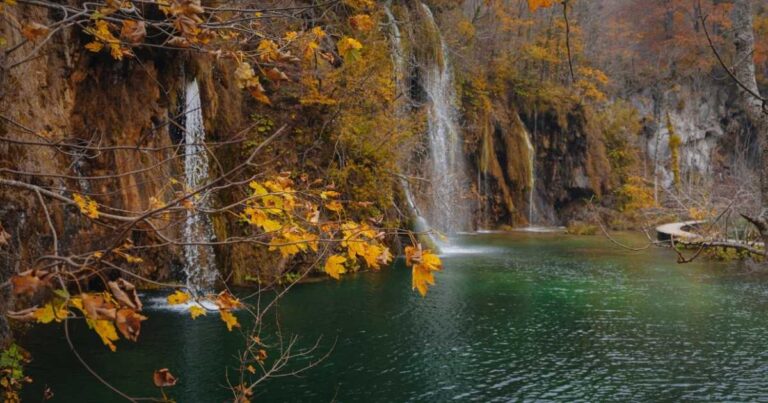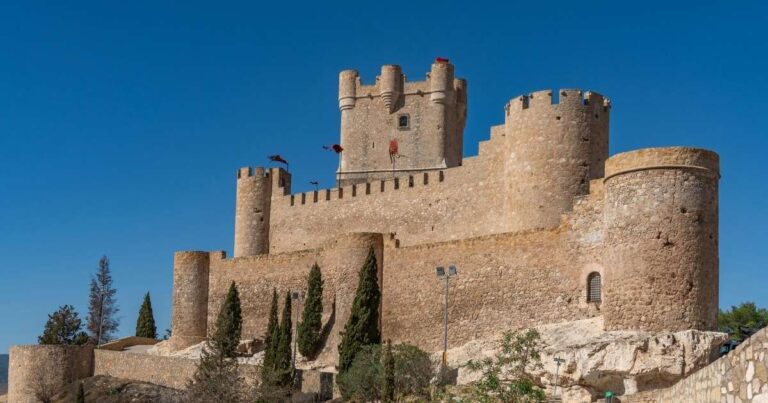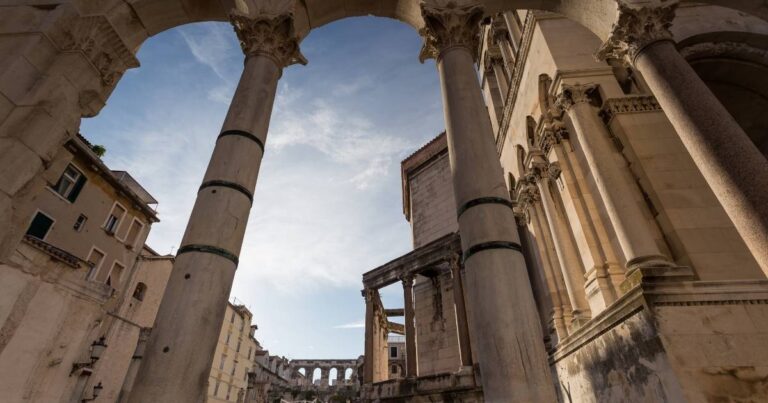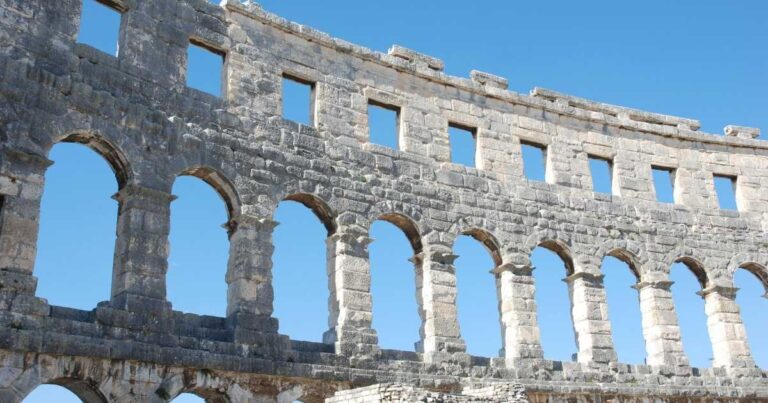Croatia’s stunning Adriatic coast, historic cities, and vibrant culture make it a must-visit destination. But before you get lost in the charm of Dubrovnik’s walls or the beaches of Hvar, let’s talk money. Navigating currency exchange and budgeting in Croatia can feel like a puzzle, especially with the euro now in play. How do you avoid getting ripped off at exchange offices? What’s the best way to stretch your budget without missing out on the good stuff? This guide serves as your roadmap to managing your money like a pro while exploring Croatia, allowing you to focus on the views rather than your wallet.
Understanding Croatia’s Currency
The Euro Era
Since January 2023, Croatia has fully transitioned to the euro, ditching the kuna for good. If you traveled here a few years ago, you might remember juggling kuna coins and colorful banknotes. Now, it’s all euros, which simplifies things for travelers from the Eurozone. But if you’re coming from outside, like the US or UK, you’ll need to think about how to get and spend euros wisely. Have you ever landed in a new country only to realize you’re clueless about the local currency? Let’s make sure that doesn’t happen in Croatia.
The euro’s adoption has streamlined transactions, but it’s also nudged prices up in some tourist hotspots. A coffee in Split might cost you a couple of euros, while a meal in a fancy Dubrovnik restaurant could set you back 20 euros or more. Knowing the lay of the land helps you plan smarter.
Exchange Rates and You
Exchange rates are the silent budget-killers. If you’re converting dollars, pounds, or another currency, those rates can nibble away at your funds. Check the mid-market rate before you travel—apps like XE or Google Finance are your friends here. Banks and exchange offices in Croatia often add a markup, so the rate you get won’t match the one you see online. The trick is to minimize those losses. Have you ever wondered why your bank statement looks scarier than expected after a trip? It’s often those sneaky exchange fees.
Where to Exchange Money in Croatia
Airports: Convenient but Costly
You land at Zagreb or Split airport, bleary-eyed and excited. The first thing you see? A shiny currency exchange booth. It’s tempting to swap your cash right there but hold off. Airport exchange offices are notorious for lousy rates and high fees. You might lose 5 to 10 percent of your money in one go. If you need euros immediately, exchange just enough to cover a taxi or bus fare—say, 20 or 30 euros. Save the big conversions for better options.
Banks: A Safer Bet
Banks in Croatia, such as Zagrebačka Banka or Privredna Banka, offer competitive exchange rates compared to airport kiosks. You’ll find branches in cities like Zagreb, Split, and Dubrovnik and even in smaller towns. Most are open weekdays from 8:00 AM to 4:00 PM, with some also offering Saturday hours. Please bring your passport, as some banks require identification for larger transactions. The downside? You might wait in line, especially during peak tourist season. But isn’t it worth a few minutes to keep more money in your pocket?
Exchange Offices: Choose Wisely
Independent exchange offices are everywhere in Croatia, especially in tourist areas. Some are great; others are traps. Look for ones with a “no commission” sign, but double-check the rate they’re offering. A good rule of thumb is to compare rates at two or three offices before making a commitment. Avoid those tucked away in obscure corners—they’re more likely to overcharge. I once swapped money at a shady exchange in a back alley and regretted it instantly. Learn from my mistakes and stick to reputable spots.
Using ATMs and Cards
ATMs: Your Budget’s Best Friend
ATMs are a lifesaver in Croatia. They’re widely available, even in smaller towns, and usually offer better exchange rates than physical offices. Look for ATMs from major banks, such as Erste or Raiffeisen, to avoid extra fees. Your bank back home might charge a foreign transaction fee, so check before you go. Pro tip: Withdraw larger amounts to minimize those fees—say, 200 euros at a time instead of 20. Have you ever stood at an ATM wondering how much to take out? Plan to save cash.
Some ATMs ask if you want to be charged in your home currency (like dollars or pounds) instead of euros. Always choose euros. This avoids dynamic currency conversion, which slaps on an extra markup. It’s a small choice that makes a big difference.
Card Payments: Yay or Nay?
Croatia is card-friendly, especially in cities and tourist areas. Restaurants, hotels, and shops often accept Visa and Mastercard, though American Express can be hit or miss. Contactless payments are common so that you can tap your card or phone for quick transactions. But don’t ditch cash entirely. Smaller cafes, markets, and rural spots might only take euros in hand.
Additionally, some places charge a surcharge for card payments under a certain amount, such as 5 euros. Have you ever tried paying for a gelato with a card only to get a grumpy stare? Keep some cash handy.
Budgeting for Your Croatian Adventure
Accommodation: From Hostels to Villas
Your most significant expense in Croatia is where you sleep. Budget travelers can find hostels in cities like Zagreb or Split for between € 15 and € 30 per night. Mid-range hotels or Airbnb apartments run 50 to 100 euros, while luxury villas or boutique hotels can soar past 200 euros. Booking early snags better deals, especially for summer travel. Consider staying in lesser-known spots like Šibenik or Istria’s hilltop villages to save money without sacrificing charm. Have you ever found a cozy guesthouse that felt like a steal? That’s the vibe to aim for.
Food and Drink: Savor Without Splurging
Croatian cuisine is a delight, but costs vary. A hearty meal at a local konoba (taverna) might cost 10 to 15 euros, while upscale restaurants in Dubrovnik could charge 25 euros or more per person. Street food, like burek (flaky pastry filled with cheese or meat), is a budget win at 2 to 4 euros. Markets in places like Zadar or Rijeka are great for grabbing fresh fruit, cheese, and bread for a picnic—think 5 euros for a feast. Don’t skip the wine; a glass of local Plavac Mali costs about 3 to 6 euros. Want to eat like a local? Skip the touristy waterfront spots and ask for recommendations.
Transportation: Getting Around Smart
Croatia’s public transport is reliable but can add up. Buses connect major cities, with fares, such as those from Zagreb to Split, costing 15 to 25 euros. Ferries to islands like Hvar or Korčula range from 5 to 20 euros, depending on the route. Renting a car gives you flexibility, especially for exploring Istria or Dalmatia, but expect to pay 30 to 60 euros a day, plus fuel. Ride-sharing apps like Bolt are convenient in cities, with short trips costing between € 3 and € 7. To save, book bus or ferry tickets online and consider multi-day passes for city transport. Have you ever missed a ferry because you didn’t check the schedule? Don’t let that be you.
Hidden Costs to Watch Out For
Tourist Traps
Tourist hotspots like Dubrovnik’s Old Town are pricier than quieter areas. A coffee on the Stradun might cost 4 euros, while the same drink in a side alley is half that. Guided tours can also dent your budget—think 20 to 50 euros for a walking tour. If you’re on a tight budget, use free resources like travel blogs or apps for self-guided tours. I once paid way too much for a “scenic” boat ride that was just a crowded loop. Shop around for activities to avoid those regrets.
Seasonal Price Spikes
Summer (June to August) is peak season, and prices for accommodation and activities skyrocket. A room that costs 50 euros in May might double in July. Visit in the spring or autumn for milder weather and lower costs. Even within cities, prices drop as you move away from the coast or main squares. Flexibility with your travel dates can save you hundreds of dollars. Have you ever scored a deal just by tweaking your plans? It’s a game-changer.
Money-Saving Hacks for Croatia
Eat Like a Local
Locals know where the good, cheap eats are. In Split, skip the Diocletian’s Palace restaurants and head to nearby neighborhoods for authentic spots. Look for “dnevni meni” (daily menu) deals at restaurants, offering a full meal for 8 to 12 euros. Bakeries are another gem—grab a slice of pizza or a savory pastry for under 2 euros. Cooking your meals, especially if you’re in an apartment, can also slash costs. Markets are bursting with fresh produce, and you’ll feel like a local shop for dinner.
Free and Low-Cost Activities
Croatia’s beauty doesn’t always come with a price tag. Beaches are free, and places like Zadar’s Sea Organ or Dubrovnik’s city walls (if you skip the official tour) offer stunning experiences at no cost. Many towns host free festivals, especially in summer, with music, food, and dancing. Hiking in parks like Paklenica or Risnjak costs little beyond transport. Researching free events before you go can fill your itinerary without emptying your wallet. Who doesn’t love a good deal of fun?
Use Travel Passes
City tourist cards, like the Zagreb Card or Dubrovnik Card, bundle attractions, transport, and discounts for a flat fee—often 10 to 20 euros. They’re worth it if you plan to hit multiple museums or use public transport a lot. For island-hopping, look into ferry passes if you’re visiting various spots. These small investments can lead to significant savings. Have you ever realized that you spent less because you planned smart? That’s the goal here.
Staying Safe with Your Money
Avoid Scams
Croatia is generally safe, but scams targeting tourists pop up. Be cautious of fake taxis at airports or ports; always use licensed ones that display meters. Some restaurants might “accidentally” overcharge, so check your bill. If you’re exchanging money, count your euros before leaving the counter. A little vigilance goes a long way. I once caught a waiter adding an extra dish to my bill—awkward, but it saved me 10 euros.
Protect Your Cards and Cash
Petty theft, like pickpocketing, can happen in crowded areas like Split’s Riva or Zagreb’s markets. Use a money belt or secure bag, and don’t flash large amounts of cash. Split your money between your wallet and a hidden spot, like a zipped pocket. For cards, enable transaction alerts on your bank app to spot anything fishy. Peace of mind lets you enjoy Croatia’s charm without worry. Have you ever felt that relief when you know your money’s safe?
Conclusion: Travel to Croatia with Confidence
Managing your money in Croatia doesn’t have to be a headache. With the euro as the currency, you’ve got a familiar starting point. By choosing innovative exchange options, using ATMs wisely, and budgeting for food, lodging, and transport, you can make every euro count. Throw in some local tips, like eating at konobas or exploring free attractions, and you’re set for an unforgettable trip without breaking the bank. Croatia’s magic—its sun-soaked islands, historic streets, and warm hospitality—is worth every penny when you spend it smartly. So, pack your bags, grab your euros, and get ready to explore with confidence.
FAQS
Q1: Is it better to exchange money before arriving in Croatia?
Exchanging a small amount for initial expenses is fine, but you’ll usually get better rates at banks or ATMs in Croatia. Avoid airport kiosks for large transactions.
Q2: Can I use US dollars or other currencies in Croatia?
No, the euro is the only accepted currency. Some touristy spots might take dollars informally, but you’ll get a terrible rate. Stick to euros for all transactions.
Q3: Are credit cards widely accepted in rural areas?
Not always. While cities and tourist areas often accept cards, rural spots, such as small villages or island cafes, usually prefer cash. Carry euros for flexibility.
Q4: How much should I budget for a week in Croatia?
For a mid-range trip, plan on spending 50 to 100 euros per day on accommodation, food, and transportation. Budget travelers can get by on 30 to 50 euros with hostels and local eats.
Q5: What’s the cheapest way to travel between Croatian cities?
Buses are the most affordable option, with tickets from Zagreb to Split costing between 15 and 25 euros. Book online for deals, and check FlixBus for budget options.


